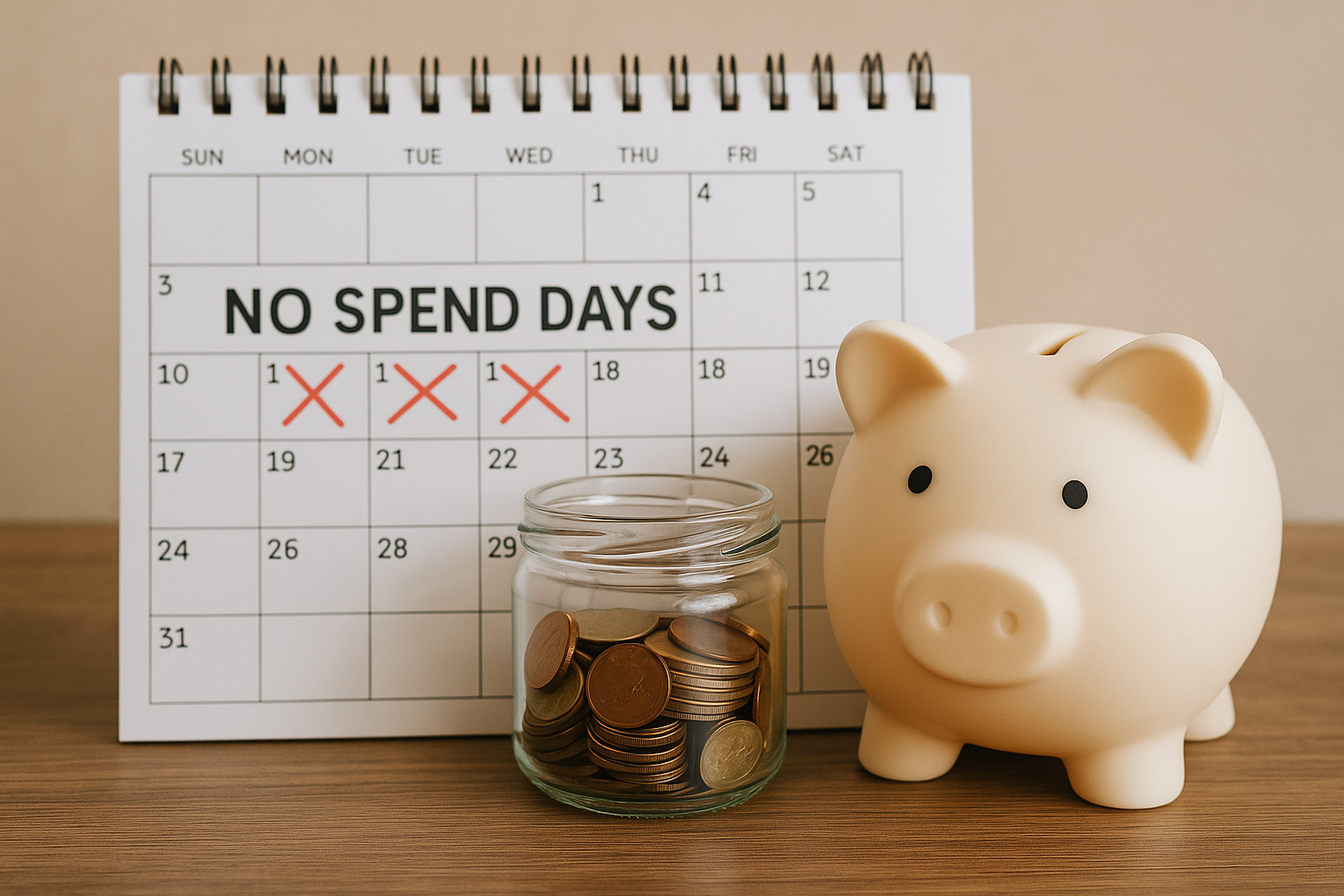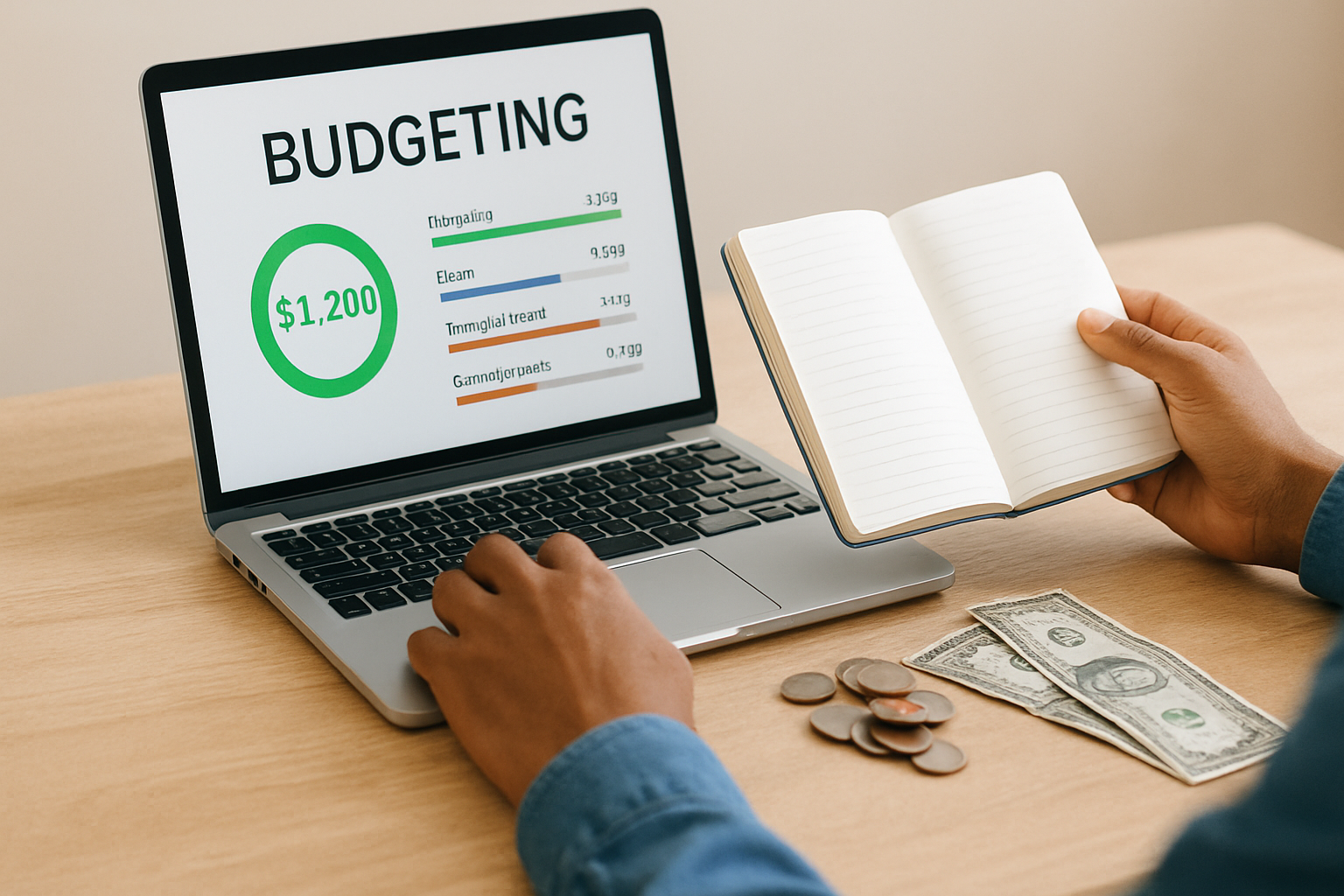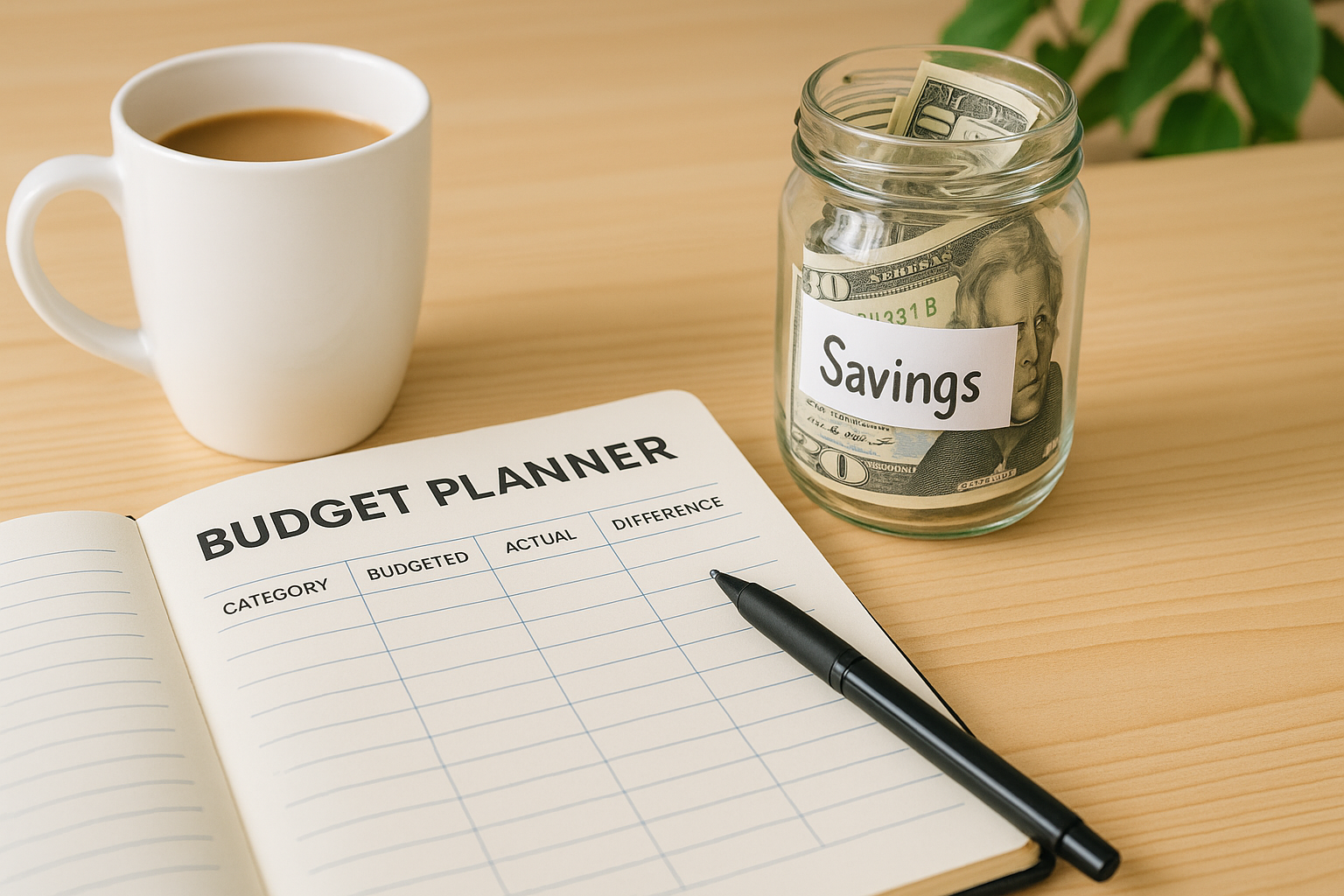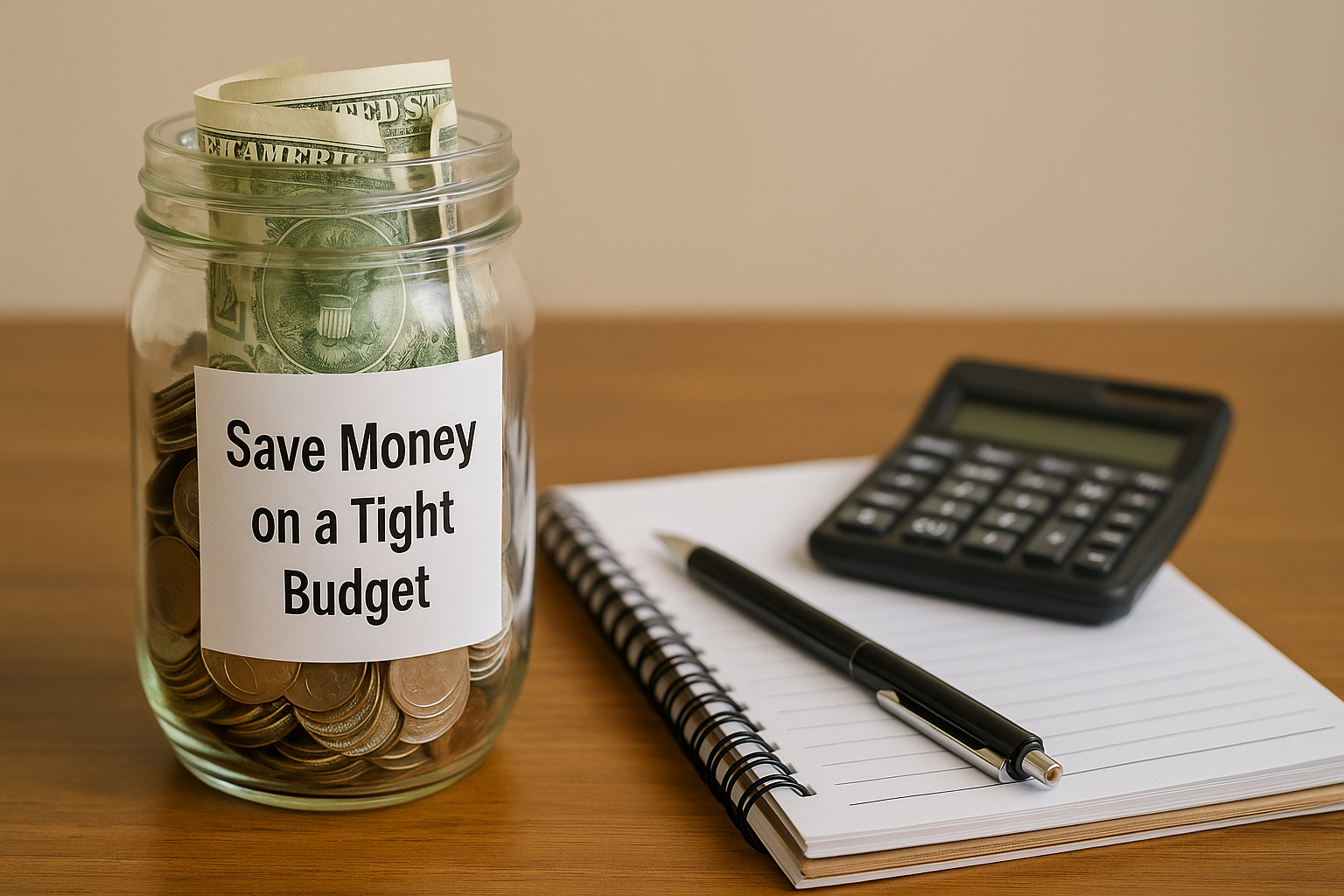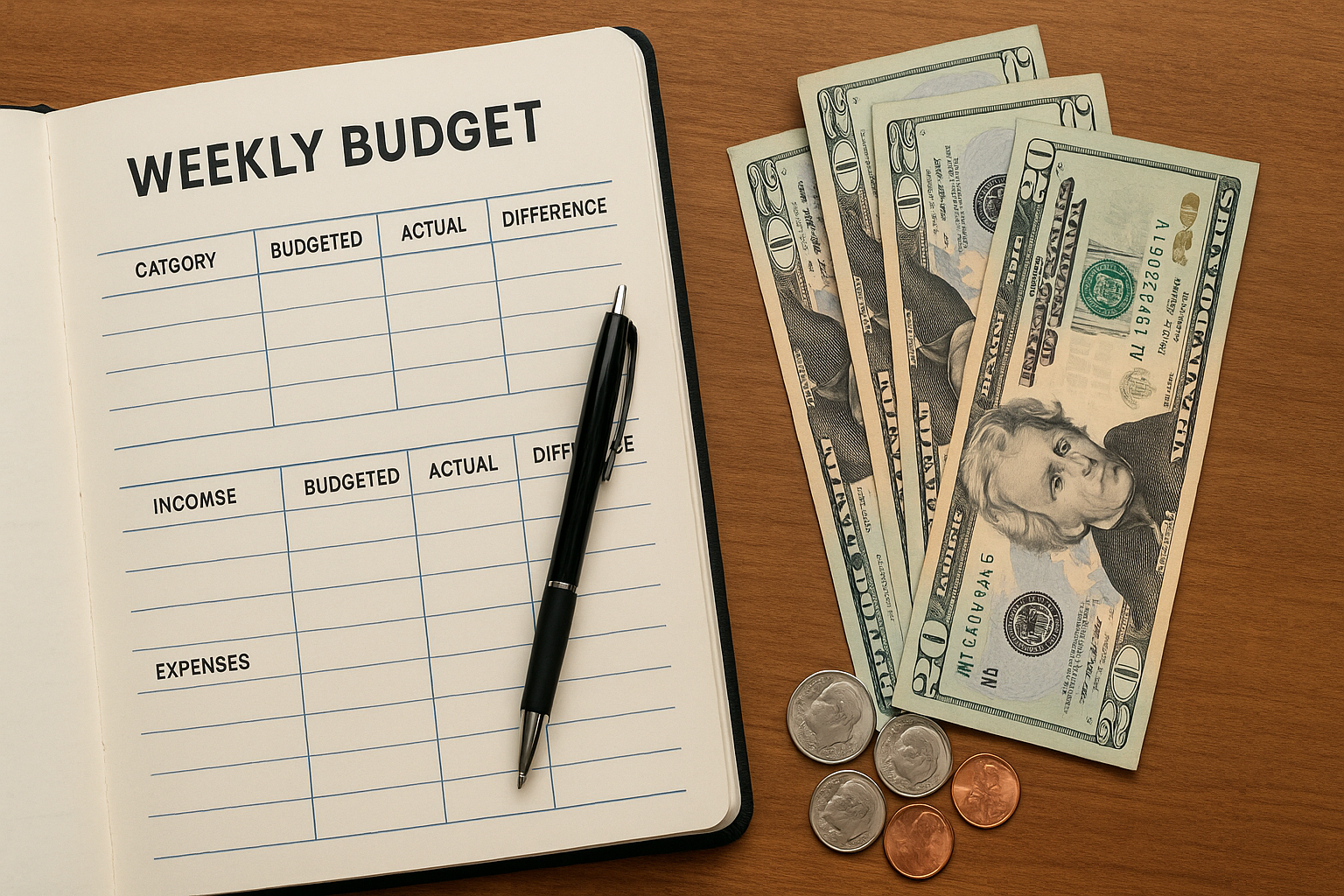7 Powerful Reasons Why the 30 Day No Spend Challenge Will Change Your Life
30 day no spend challenge is one of the simplest yet most powerful personal finance strategies you can use to take control of your spending and start building real savings. Unlike complex budgeting systems or extreme frugality hacks, this challenge strips it down to a single goal: stop spending on anything that isn’t essential for 30 days.
In this comprehensive guide, you’ll learn what the 30 day no spend challenge is, how to set it up, rules to follow, how to stay on track, and how people just like you have saved hundreds—and even thousands—by the end of their challenge.
What Is the 30 Day No Spend Challenge?
The 30 day no spend challenge is a budgeting experiment where you intentionally avoid all non-essential spending for 30 days. This includes skipping:
-
Coffee shop runs
-
Online shopping
-
Takeout meals
-
Entertainment expenses
-
Impulse purchases
Instead, you focus your money only on essentials like groceries, rent, bills, and transportation. This challenge forces you to become hyper-aware of where your money goes and how to make smarter spending decisions.
7 Powerful Reasons to Start a No Spend Challenge
1. Build Awareness Around Your Spending
Most people swipe cards or click “Buy Now” without thinking. The 30 day no spend challenge pulls you out of autopilot and helps you see just how often you spend without needing to.
2. Kickstart Your Savings
People often report saving $500 to $1,000 in just one month. That’s money you can redirect to:
-
Emergency funds
-
Debt payments
-
Retirement contributions
-
Investment accounts
3. Identify Emotional Triggers
Are you shopping out of boredom, stress, or comparison? This challenge reveals the emotional roots behind spending, making it easier to address the real problem.
4. Break the Paycheck-to-Paycheck Cycle
With over 60% of Americans living paycheck to paycheck, the 30 day no spend challenge offers a break from financial anxiety. You’ll realize that financial freedom isn’t just about earning more—it’s about spending less.
5. Improve Your Relationship with Money
This isn’t just about money—it’s about mindfulness. When you stop buying things just to feel better, you start seeing money as a tool—not a cure.
6. Build Better Budgeting Habits
You’ll start planning meals, entertainment, and shopping more carefully. These habits often stick long after the challenge is over.
7. Feel Empowered
Financial control boosts confidence. Completing this challenge proves that you can live well within your means and still enjoy life.
How to Prepare for the 30 Day No Spend Challenge
Before beginning the 30 day no spend challenge, take these preparation steps for a successful experience:
Define Your Why
Knowing your reason helps you stay focused. Do you want to pay off debt? Build savings? Quit overspending?
Set the Rules
Decide what counts as essential and what doesn’t. Customize the challenge to your lifestyle.
Inform Family and Friends
Let others know you’re on a challenge. It avoids awkward situations and can create accountability.
Take Inventory
Stock up on basics before the challenge begins—like pantry staples, household items, and toiletries—so you don’t break your rules out of necessity.
Allowed vs. Not Allowed Expenses
Here’s a breakdown to help guide your spending decisions during the 30 day no spend challenge:
| Allowed Expenses | Not Allowed Expenses |
|---|---|
| Rent/Mortgage | Takeout or Delivery |
| Groceries (needs only) | Coffee Shops |
| Utility Bills | Clothing Purchases |
| Medications | Amazon or Online Shopping |
| Transportation (Fuel/Bus Pass) | Movie Theaters or Concerts |
If it isn’t necessary for survival, it goes on the “not allowed” list.
30 Free Activities to Replace Spending
-
Visit your local park
-
Watch free YouTube documentaries
-
Declutter your closet
-
Read a book from the library
-
Organize your kitchen
-
Bake something from scratch
-
Meditate or do yoga
-
Write in a journal
-
Start a blog
-
Paint or sketch
-
Do puzzles or crosswords
-
Learn a skill on Coursera or Khan Academy
-
Clean out your inbox
-
Have a DIY spa day
-
Explore a free museum
-
Play board games
-
Call an old friend
-
Do a deep-clean challenge
-
Volunteer locally
-
Start a garden
-
Have a no-tech evening
-
Rearrange your furniture
-
Host a potluck game night
-
Write thank-you notes
-
Go for a sunrise walk
-
Plan your dream vacation (without booking it)
-
Try new hairstyles
-
Start a fitness challenge
-
Build a budget binder
-
Watch TED Talks for motivation
Common Mistakes to Avoid
Ignoring Small Purchases
A $5 snack here and there adds up. Stick to the no-spend rule completely.
Not Tracking Spending
Use a journal, app, or printable tracker to log your progress. You can’t improve what you don’t measure.
Skipping Preparation
If you don’t prep food or entertainment ideas, you’re more likely to cave.
No Support System
Doing the 30 day no spend challenge with a friend increases your accountability and success rate.
Track Your Progress Like a Pro
Here’s what to track during the 30 day no spend challenge:
-
Daily Log: Did you spend? On what? Why?
-
Temptations: What did you want to buy and how did you overcome it?
-
Savings: How much did you avoid spending each day or week?
Use tools like:
-
Printable trackers (Pinterest has great templates)
-
Budgeting apps like YNAB, Mint, or EveryDollar
-
Google Sheets
What to Do After the Challenge Ends
Once your 30 day no spend challenge is over:
Reflect
Write down what you learned about yourself and your spending.
Analyze
Calculate how much money you saved. Where did most temptations come from?
Adjust Your Budget
Rework your budget based on your new insights. Add in line items for savings, sinking funds, or long-term goals.
Continue the Habit
Repeat the challenge quarterly or try themed versions (no fast food month, no Amazon month, etc.).
Real-Life Success Stories
Jane, 27, from Austin
“I saved $780 and realized I was eating out 5 times a week. Now I meal prep and feel so much better about my finances.”
Omar, 34, from New York City
“I was skeptical, but the 30 day no spend challenge helped me finally put money toward my credit card debt. I saved $1,200.”
Lisa & Mark, a couple from Chicago
“We did it together as a team and saved enough for a weekend getaway—paid in cash!”
Final Thoughts
The 30 day no spend challenge isn’t just a temporary fix—it’s a mindset shift. You’ll build financial discipline, uncover bad spending habits, and free up cash for things that matter.
Don’t wait for the perfect time. Start your challenge today and see how much your money mindset can change in just 30 days.
🔗 Internal Links:
How to Build Credit from Scratch in 2025
Top 5 Common Credit Report Mistakes—and How to Fix Them
How Long Does It Take to Repair Your Credit Score?
